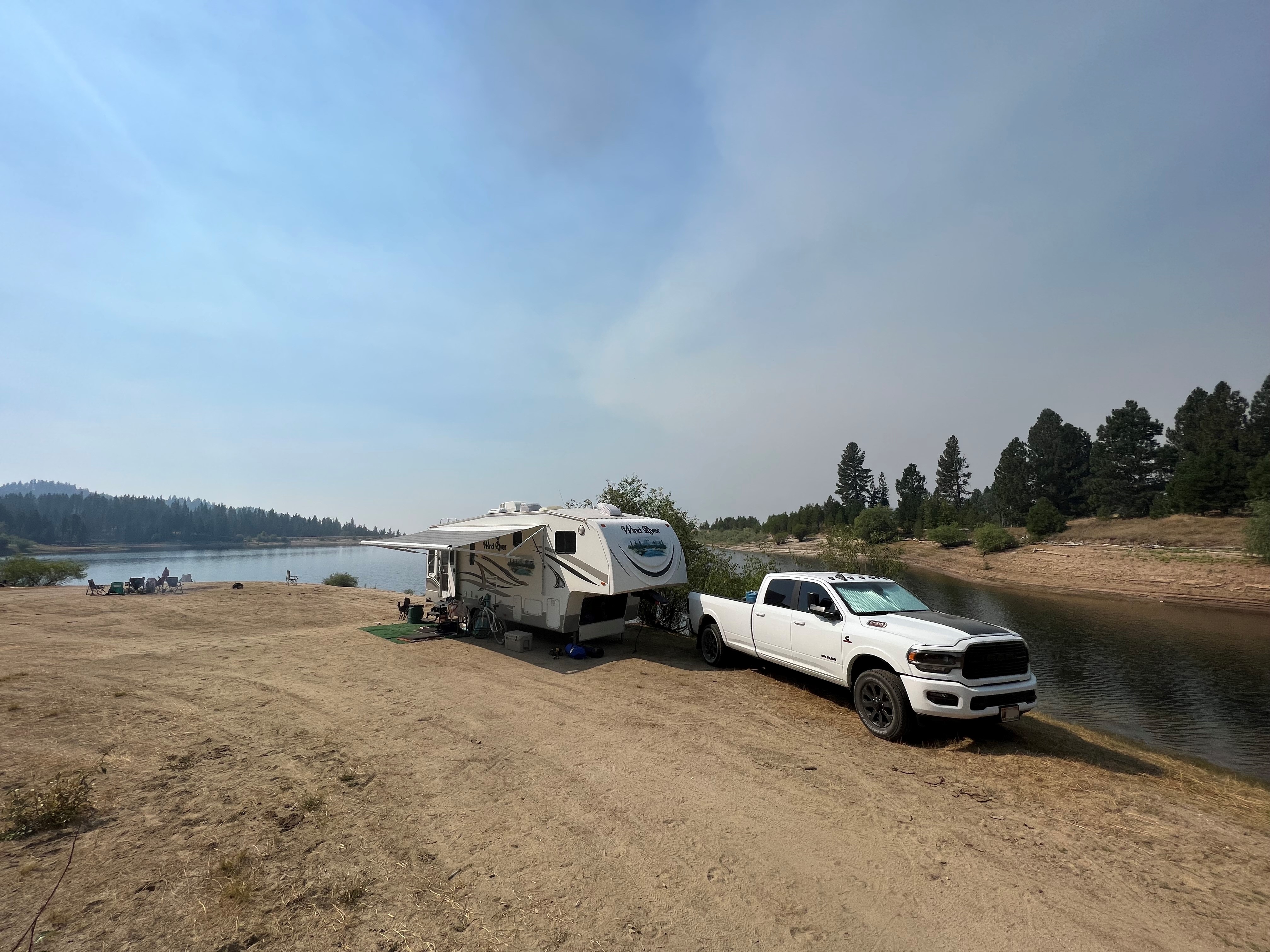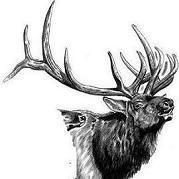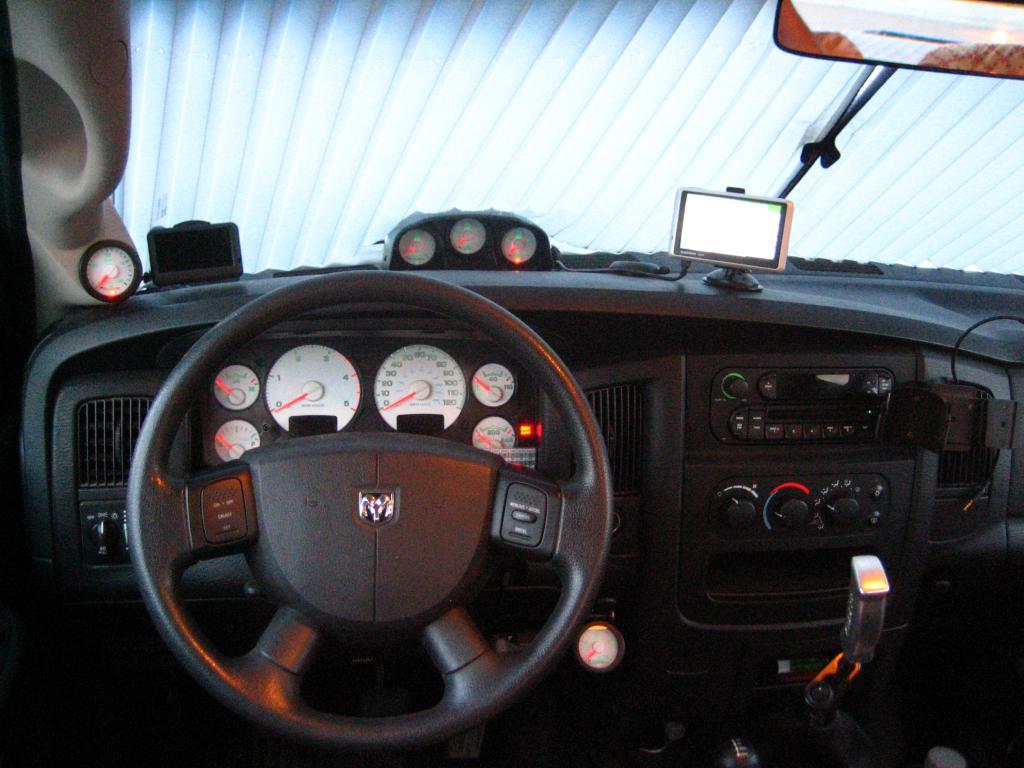
Everything posted by AH64ID
-
Thinking of going bigger turbo + injectors...
The HE351's are good to about 38 psi before they start blowing hot air. I found about 35 is where the DP would be killer.
-
Thinking of going bigger turbo + injectors...
Everything I have found is that the HE351CW and the HX40 share the same compressor wheel, this is also the same wheel that is found in the HE351VE. The flow ratings are anywhere from 60-70 lb/min. The biggest different in all 3 is the turbine side, and honestly that is the limiting factor using this turbo. The HE351CW has a VERY restrictive turbine. It's cheap, has a good comp, works good in the twins like John has, but it's a high DP turbo when the WG is closed. It does work for many, many, many people thou. The HX40 has good flow on the turbine, but is slower to spool. So take your pick on where you want it to run best. HE351CW, it has a better turbine unit than the CW and a variable housing. This really is a great way to go in the ~350-400 rwhp range. You get a VGT turbo and an exhaust brake for the price of an exhaust brake alone. I almost went this route, had a turbo, but didn't for a couple reasons but nothing that would really effect a 2nd gen. So there you have it.
-
Which "Free Spin Hub Kit" ???
Yes it will keep your front axle from spinning. My truck with just the family loaded up for a day trip anywhere puts my front axle over the GAWR. Weight in the bed helps, as does a trailer. With my trailer I am just over 4800 lbs, empty I am at 4980 (me, 7/8 fuel, standard gear). That's all close to the limit on a 5200lb axle.
-
Which "Free Spin Hub Kit" ???
I would look into the dynatrac or spyntech kits.
-
Freaky Good Mileage
Those pressures look correct for 2K rpms. - - - Updated - - - Here is what I look like at 68. 75° out, a/c was on. Rolling flat at 2800'. My EGT's drop about 50° cruise as I near sea level, and go up as altitude increases. Rail pressure was about 17.8K when I took the photo. I haven't ever verified it, but in conditions like this the exhaust manifold blankets are reported to raise EGT's from low flow and insulation.
-
Freaky Good Mileage
You have an 03, very different rail pressures.
-
Timing Effects
Bringing this back up. I have been playing with my timing quite a bit lately, and here is the map I am running now. Without giving too many details away I idle at around 7° ADC, and peak at 20° BDC. I also found this, trying to find more info. But this goes to show that timing is not why VP trucks are so noisy. "Once not too many years ago someone posted a VP44 timing map on TDR (and promptly took it down). If memory serves it was 12.7° at idle and 25.7° at 3500 RPM."
-
Freaky Good Mileage
Holy crap you run a LOT of psi to your CP3. Bosch peaks their range at 15, and I hear 12 is the ideal pressure.68 ± should be about 18,000 psi ± 500. I see about 17.8 flat and steady, but will jump to just over 19 on a small hill.
-
EV2's Installed
I am not sure when they added them, but the EV2's have a red LED at the 6 O'Clock position you can have go off at whatever pressure/temp you want. Right now they have to be programmed, but rumor is that ISSPRO will soon be releasing a "programmer" for them, so guys like dieselautopower can do it for you.
-
Thermostat Question
What do you use to watch the temp? Remeber the dash is ECM driven, and not always the same from year to year or flash to flash. Just like oil pressure and voltage, the coolant temp is not 100% accurate. I watch mine on a OBDII reader and it moves far quicker and further than the OEM gauge ever indicates. I really doubt there are any out there that only run one temp, it's probably a lack of attention. I have a buddy with a '10 that swore his truck ran 205° all day every day, never changed towing, empty, etc. then I called BS and he watched it more, turns out it moves a LOT. I guess I should have clarified a little more. If you watch it like a hawk it will be moving a bit. Every little hill will raise 1-2°, big hills even more, etc. But if you just glance at it every now and then it won't look like it really moves.
-
Thermostat Question
Based on the design of the thermostat there is going to be a swing. I know the 3rd gen specs off the top of my head so I will use those. 190° thermostat. Opens at 186°-193°, and goes full open at 207°. They drop to 180° when idling, and seems to hold 180° pretty easily, with proper idle rpms and winter front. It will rapidly drop to 180°, and then takes a long time in cold weather to get below that. So right there we are looking at a 27° swing from idle temp to thermostat opening, and 215° is normal pulling a grade in OD with the thermostat full open, so 35° swing. If your loaded that right there is a big swing, thou most of us rarely ever see the thermostat go full open. In the 9K miles I drove last year I towed about 55% of them, and only saw full open a dozen or so times. The issue with older, and newer cheaper, thermostats is the wild swing that is built in. As the thermostats age they develop wear spots from rarely going full open and the spring weakens. This is why when empty you can approach full open temp, then swing back below cracking temp. The thermostat is slow to respond, then goes full open and allows too much cold coolant in. When I changed my thermostat 2 years ago it had 52K miles on it. I would cruise at 195-198°, and see as high as 207° on the initial crack of the day, with 213° being my normal hill pulling temp. When I changed the thermostat it made a HUGE difference, I cruise at 188-193°, see about 195-197° on the first crack of the day, and 202-205° is normal hill pulling temp. I don't have any swings, aside from the first crack of the day dropping about 7-8°. So you have to consider the difference between normal swings, and faulty thermostat swings. 90% of owners of these trucks are scared to death of 210°, but they don't realize that's only 3° above a fully open thermostat, and that 225° is the max allowed temp by Cummins. There seem to be far more swinging issues on new non-OEM stats than OEM ones. If an OEM one swings it's normally worn out, which happens much quicker on these trucks due to the size of the cooling system.
-
Exaust Manifold?
I guess that was probably caused from extreme manifold shrinkage, which is pretty common on those manifolds. I presume your putting a different manifold on?
-
EV2's Installed
Thanks for the SCREAMIN deal on them!! No worries on the time frame, I realize it was out of your hands. It's nice to have them, and was worth the wait for the warning lights.
-
Freaky Good Mileage
Most rigs get better mileage the hotter it gets, even thou the peak power is down from less dense air the motor is able to cruise easier. It goes back to my theory on winter mileage. I don't think the fuel plays a measurable part, it's the cold tires, cold fluids, and cold dense air providing more resistance, so when it's hot you get the opposite. I also don't think the a/c even effects these motors! I just wish it was flat enough around here to get good mileage, always climbing it seems like.
-
EV2's Installed
Here you are.. Flash makes it glare, and too dark for a decent no flash pic, but you get the idea. What do you run for gauges dork?
-
Auto batteries for rv
Will be fine, just don't let them get low or they will die a premature death. If you spend that much time on the converter I would get a single gel cell group 24 and call it good. It will handle 99% converter time better.
-
Going on the beach
I used to run my 33's and 35's at about 8-11 psi for sand/snow.. of course that was on a rig that weighed less than my truck does on the front axle. That looks a little low in the front to me, I would go up to 30 unless your stuck. I run about 40/25 on mine for elk hunting and even at 40 the 5000 lbs on the front axle squashes some sidewall.
-
Any advice ?
Your 03 SM does appear to show the MAP sensor supplying the 5V to the rail pressure sensor, my 05 shows it coming from the ECM on a PK/YL cable. What steps does the SM have to do for P0193?
-
Thermostat Question
Based on feedback across the forums I would run nothing but Cummins thermostats. Everything else seems to fail early or wildly swing.
-
HX35 Max Boost?
The compressor MAP shows about a 4.2:1 pressure ratio, so at sea level it would be capable of 47 psi. The problem is that it's only a 52 lb/min turbo, and generally on our trucks when you get to 40 psi you are above 52 lb/min so you are over-speeding the turbo. Peak pressure ratio is only at 30 lb/min. Peak airflow on the HX35 is at approx 3.0:1 PR, or 29.4 psig at sea level. So if you lived at 2K rpms you could probably get away with 35-40 psi, but if your tuning your WG for the full rpm range I wouldn't set it much above 30. That's also the comp wheel, and doesn't take into account the flow of the turbine which may create excess backpressure and thus effect overall flow.
-
Who Tows and hits over 30 psi on stock headbolts - headgasket ?
Cylinder pressure is what blow's HG's, not boost. Generally more boost means more cylinder pressure, but not always. Boost is just a measurement of restriction. Stock a 04.5-07 will hit about 32 psi peak, and settle down to 28-30 empty and 28-32 with a trailer. I added a Smarty Jr to my truck, all hard parts were stock, and could hit about 33-35 normally, up to 37 twice. No issues. Smarty Jr adds timing, up goes cylinder pressure. I then did a couple of intake mods (GDP horn, Airaid MIT, HD CAI) and my boost dropped didn't change, but IAT's went down.. cylinder pressure goes up. I then installed a Colt Cams Stage 1 cam. Boost dropped a psi or two at certain power and went up a psi or tow at others. I was now peaking at about 32-35 on SW1, and 34-35 on SW2. Les restriction, more air and more cylinder pressure. I then installed a Garrett Stage 2 turbo and now I have to WORK it to get 32 psi on SW3. I run cooler EGT's and more power with less boost than I ever did on SW1 or stock. Why... it goes back to restriction. The intake mods dropped the temp of the air, so more 02 and thus better combustion. The cam left the intake/exhaust valves open longer and has a better LSA. Restriction goes down, boost goes down, airflow and cylinder pressure goes up. The turbo eliminated my exhaust restrictions. The stock turbo could easily pull 30 psi of boost and 50 psi of drive towing up a grade. The Stage 2 does the same work at 26 psi of boost and 20 psi of drive, with same/lower EGT's. The boost makes it look like less air, but the EGT's indicate that the same or more air is moving, more air means more cylinder pressure. The airflow is increased from the turbo my running the drive pressure lower than boost, and a more efficient comp wheel runs the lower IAT's per psi of boost. When I did the turbo I also installed studs, even thou I only have hit a peak of 32 psi with my current setup and stock head bolts are supposed to be good to 40 on a HPCR, I am running a LOT more cylinder pressure than a stock motor at 32 psi. How much more I don't know, but I didn't want to mess with it!So, long story short is you have to consider all of your mods, not just the boost gauge.
-
EV2's Installed
My Pricol pyro started acting up this past winter, and after a few tows with it acting funny it was time to give it the boot. I really wanted a matched set, so I sold the other 4 Pricol's and ordered up a set of 5 ISSPRO EV2's. I have been wanting to change the locations of my a couple gauges and add a time delay relay for a while, so this worked out well. I had the alarms set to where I want them, which is a GREAT feature of the EV2. Boost 0-40, warning > 38 psi EGT 0-1600°, warning >1300° Fuel Pressure 0-20, warning <3 psi Oil Pressure 0-100, warning <15 psi Exhaust Backpressure 0-100, warning >65 psi The gauges came with the dimmer and that made install VERY easy. You are able to daisy chain them, and I was able to route the wiring from the dimmer knob to the Oil in the A-Pillar, to EGT, Boost, Fuel on the dash and down to DP by the trailer brake controller. Previouslly the EGT was in the A-Pillar, and Boost/Fuel/Oil were on the dash, with DP down by the brake controller. I liked DP by the controller as I mainly use it for the exhaust brake, and next to the brake controller made sense. What I wanted to do was put Boost/EGT next to each other on the dash and move oil to the A-Pillar. Additionally I have been wanting to add a time delay relay to the gauges. I don't like how when you start the truck the gauges reset and readings have to wait on the gauge to power back up. I got a TDR from a friend of mine, and wired all 5 EV2 to it. Now the ignition has to be off for about 2 minutes before the gauges shutoff. This does 2 things I like, it allows quicker and more accurate oil/fuel pressure readings during and after start and it lets me monitor EGT's after shutting the motor off. If they really climb I can tell I didn't allow enough cooling time. All in all I like the EV2's. I still think some of the markings on the Pricol's were better, and a mechanical boost gauge is much smoother than an electric one. The boost gauge does read about 1 psi lower than the ECM sees, but I think that's due to being at 3K feet elevation. But overall these are great gauges, and very precise!
-
Head gasket
The rear freeze plug is the most prone to leaking, it's something else to consider.
-
drive train clicking sound
Moving, stopped? Increase with rpms/speed?
-
Explain how injectors work without solnoids on them
Pre-CR the injectors were fired by fuel pressure. The pump would pressurize the fuel in firing order (why pre-CR pumps are timed, and a CR isn't). The fuel would reach "x" pressure (300 bar comes to mind, or ~4500 psi) the fuel pressure would overcome the spring pressure and the injector would open. The fuel pump would send a specific amount of fuel to each injector and as soon as the pressure dropped below "x" the injector would close. This is also why the injector lines on pre-CR trucks are equal length, and why they are different on a CR.




